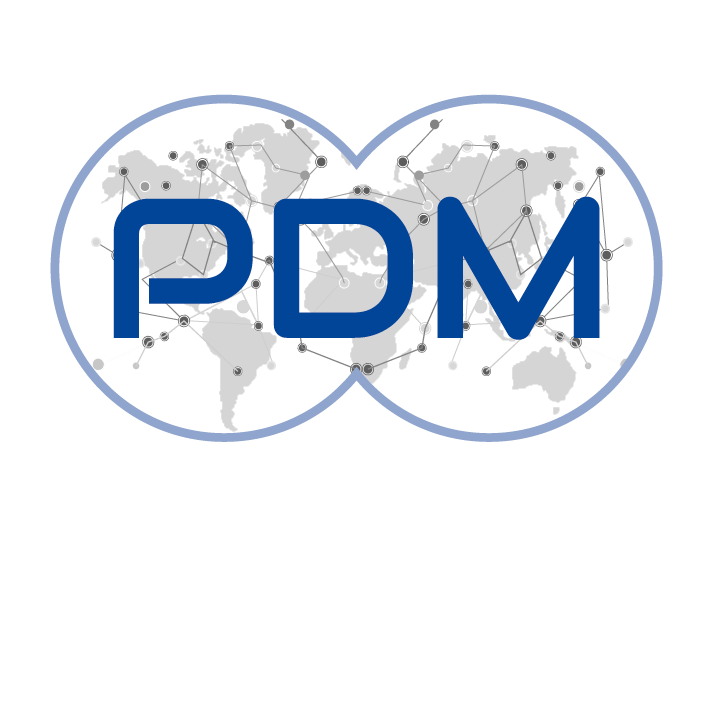Page content
The World Bank’s Role in and Use of the Low-Income Country Debt Sustainability Framework
This report provides an evaluation, requested by the Committee on Development Effectiveness of the Executive Board of the International Development Association (IDA), that is intended to offer input and insight into the upcoming World Bank– International Monetary Fund (IMF) review of the Low-Income Country Debt Sustainability Framework (LIC-DSF) currently planned for fiscal year 2023. Consistent with the mandate of the Independent Evaluation Group, it will assess only the World Bank’s role in and use of the LIC-DSF. The sharp rise in debt stress among low-income countries and a changing global risk landscape leading up to and after the onset of the COVID-19 pandemic have pushed concerns with debt sustainability to the top of the global policy agenda. IDA-eligible countries increased external borrowing in the wake of the 2008 global economic and financial crisis, with much of the new borrowing from non–Paris Club members and from commercial creditors, often on non concessional terms or in the form of complex lending arrangements under opaque terms. The number of IDA-eligible countries at high risk of or in debt distress more than doubled between 2015 and 2019, increasing further since the start of the COVID-19 pandemic. This has been exacerbated by the war on Ukraine, which has contributed to increasing energy, food, and other commodity prices; as well as broader inflation; a tightening of financial conditions and increased volatility in global financial markets; and a global growth slowdown. As a result, many IDA-eligible countries are now facing or expected to face significant debt-related challenges in the near future at the same time as they need to support recovery from COVID-19 and finance investments to support longer-term development, including adaptation to climate change.



